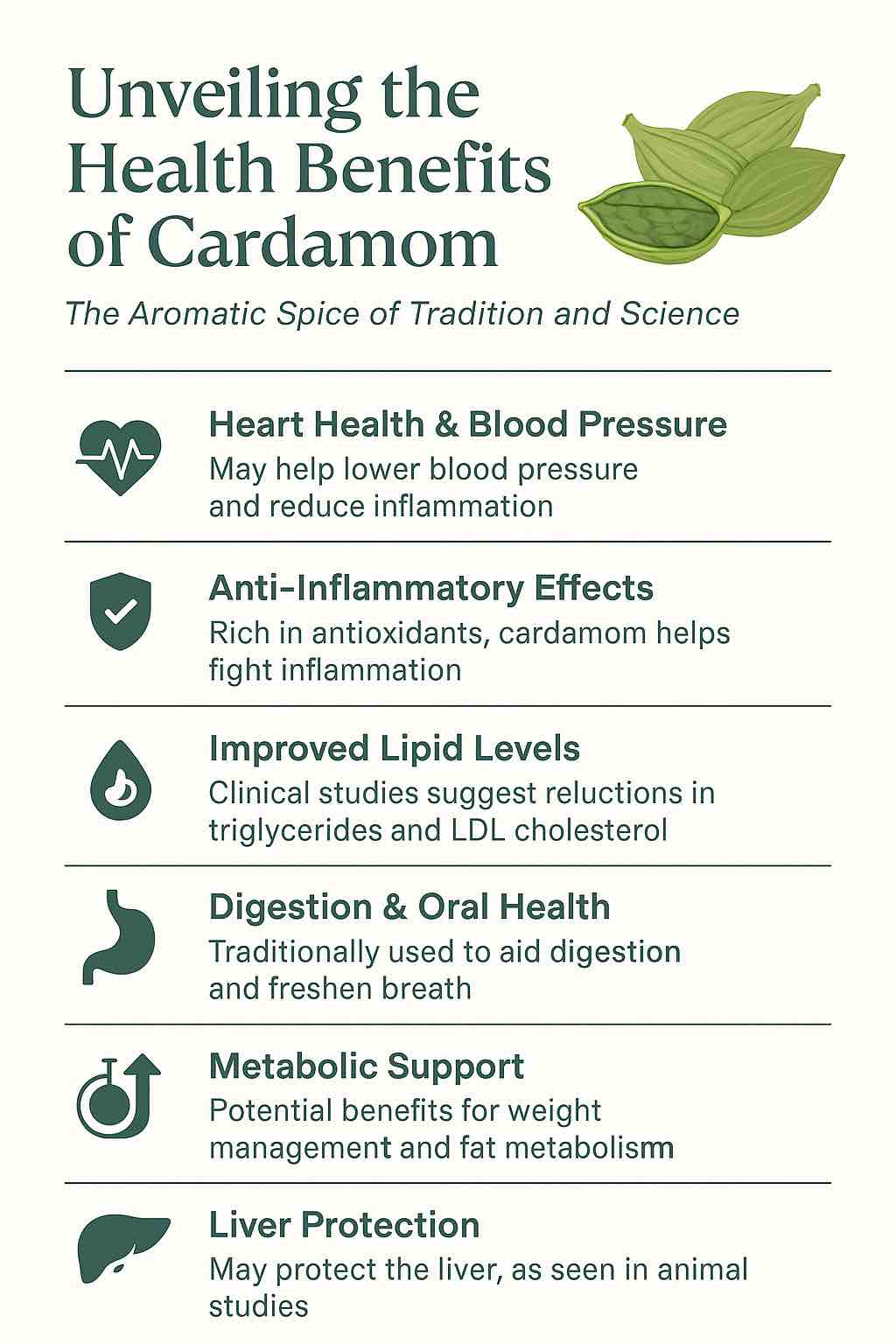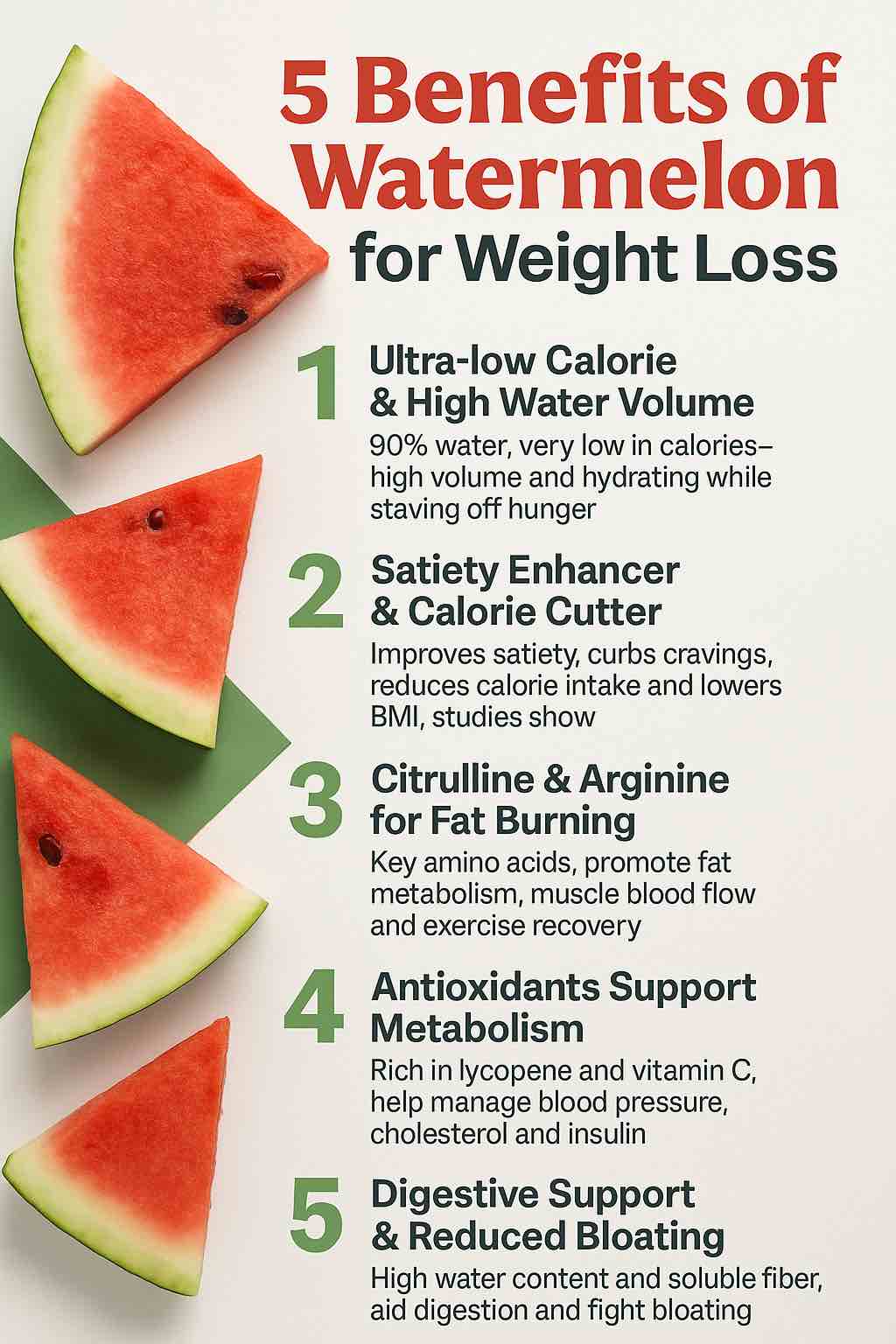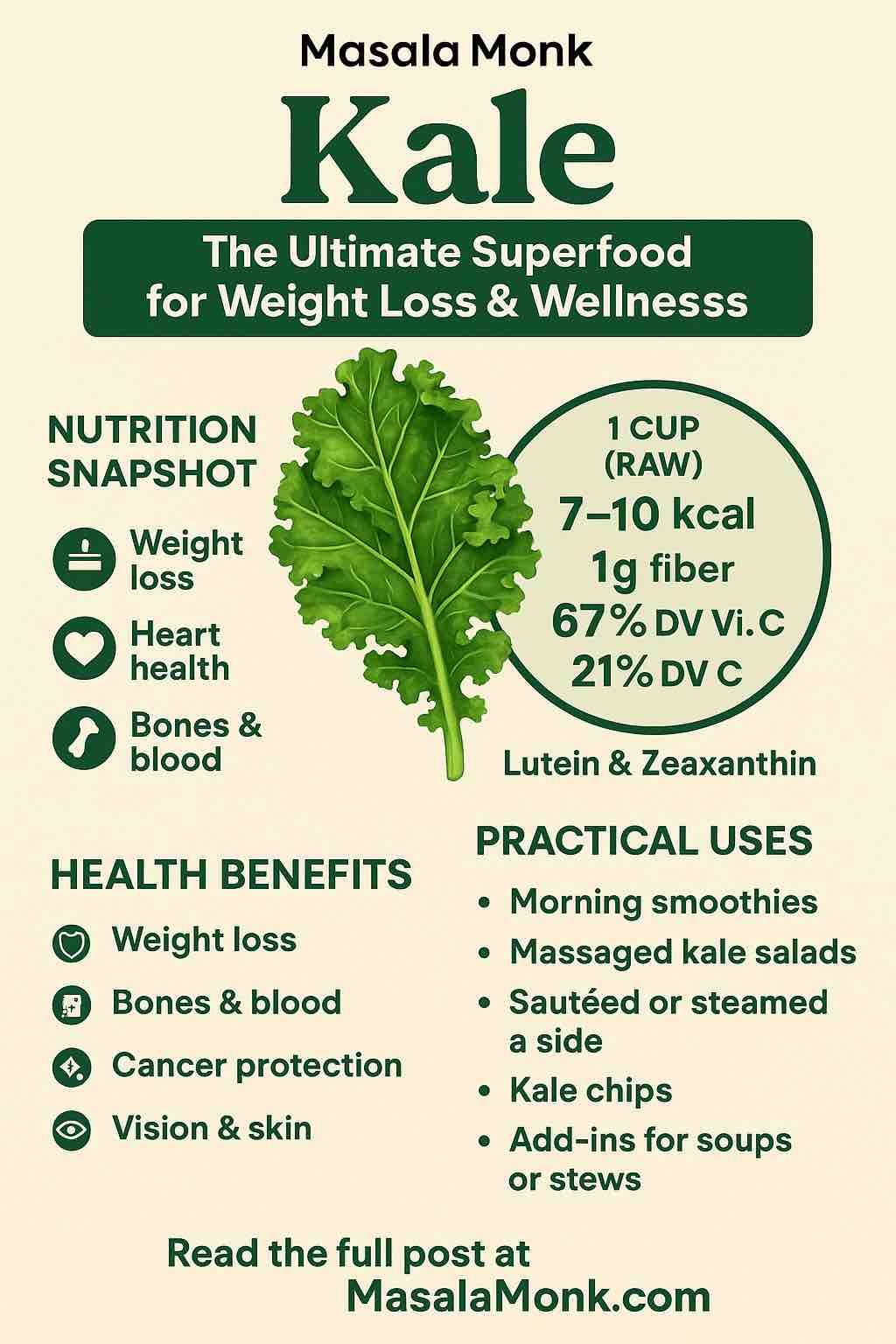
Can something as sweet and tropical as a mango truly be part of a diabetic diet? The answer, backed by science, may surprise—and delight—you.
🌟 Introduction: The Sweet Dilemma
Mangoes, often dubbed the “King of Fruits,” are loved worldwide for their juicy sweetness and lush aroma. But for people managing type 2 diabetes or prediabetes, the word sweet usually signals caution.
So, what if we told you that recent research suggests eating fresh mangoes in the right quantity might actually improve insulin sensitivity? The latest studies are rewriting old narratives—and showing us that mangoes may be more ally than enemy in the world of blood sugar control.
🧪 What the Latest Science Says (2024–2025)
🍽️ A Mango a Day May Keep Insulin Resistance at Bay
A 2025 study published in Nutrients involved 48 overweight or obese adults aged 20–60. Participants consumed two cups of fresh mango daily (about 100 kcal) for four weeks. The results were impressive:
- ✅ Improved insulin sensitivity
- ✅ Reduced fasting insulin
- ❌ No weight gain (compared to a control group who gained weight eating a calorie-matched Italian ice)
- ❌ No change in fasting blood glucose or inflammation markers
Key takeaway: Mango’s sugar content did not spike glucose levels when consumed in moderation. Instead, mango improved insulin efficiency, likely thanks to its fiber and bioactive compounds like mangiferin.
🧬 How Mango Works Its Magic
Mango is packed with fiber, vitamin C, carotenoids, and polyphenols—notably:
- Mangiferin: Anti-inflammatory, antioxidant, improves insulin signaling.
- Gallic acid & quercetin: Help reduce oxidative stress.
- Fiber: Slows digestion, moderates glucose release.
Studies show these compounds activate antioxidant genes (via the Nrf2 pathway) and support better glucose metabolism.
🧭 In Progress: The 24‑Week Pre‑Diabetes Trial
A clinical trial now underway is testing the effect of one medium-sized Tommy Atkins mango (120 g) per day for 24 weeks in pre-diabetics. They’re measuring:
- HbA1c (average blood glucose over 3 months)
- Insulin response
- Cholesterol and inflammatory markers
We’re awaiting results, but early signs are promising.
⚖️ Mango & Diabetes: Practical Guidelines
🔢 1. Portion is Everything
Stick to ½ to 1 cup of fresh mango (80–150g) in a single sitting. This contains:
- ~15–22g of carbohydrates
- 2–3g of fiber
- Low fat
- Glycemic Index: ~51–60 (moderate)
✅ Best time to eat: As part of a balanced meal—not alone.
✅ Avoid: Dried mango, mango juice, mango syrup, canned mangoes with sugar—they have high glycemic loads and no fiber.
👯 2. Pairing Strategy
Balance mango’s natural sugar with:
- Protein (e.g., Greek yogurt, eggs, tofu)
- Healthy fats (e.g., nuts, avocado)
- High fiber (e.g., chia seeds, legumes)
This slows glucose absorption and improves satiety.
🍴 5 Delicious & Diabetic-Friendly Mango Recipes
1. 🥗 Mango-Chickpea Protein Salad
Ingredients:
- ½ cup diced mango
- ½ cup boiled chickpeas
- Cucumber, red onion, mint, lime juice
- Sprinkle of cumin and black salt
🧠 Why it works: Protein + fiber = steady blood sugar.
2. 🧊 Frozen Mango Bites with Cinnamon
- Freeze ½-inch mango cubes
- Sprinkle cinnamon on top before serving
🧠 Why it works: Cinnamon may help regulate blood sugar.
3. 🌮 Grilled Chicken with Mango Salsa
Salsa:
- Diced mango, red onion, jalapeño, cilantro, lime juice
- Serve on top of grilled chicken or tofu
🧠 Why it works: Low-carb, high-protein dish with a sweet, tangy twist.
4. 🍨 Mango-Chia Breakfast Pudding
Ingredients:
- 2 tbsp chia seeds
- ½ cup unsweetened almond milk
- Let sit overnight, then top with ¼ cup chopped mango
🧠 Why it works: Chia slows digestion; keeps you full.
5. 🍧 Mango-Greek Yogurt Parfait
Layer:
- ½ cup mango chunks
- ½ cup plain Greek yogurt
- Top with flaxseed or crushed almonds
🧠 Why it works: High protein + probiotics for gut and glucose health.
❌ What to Avoid
| ❗ Avoid This | ✅ Choose This Instead |
|---|---|
| Mango juice | Fresh mango slices |
| Canned mango in syrup | Homemade mango salsa |
| Dried mango with sugar | Frozen mango cubes |
| Mango-flavored candy | Mango-chia pudding |
📍 Final Thoughts: Yes, You Can Eat Mango
If you have diabetes, you don’t need to ban mangoes from your diet. In fact, they may support metabolic health—if consumed wisely. Focus on:
- Fresh mango only
- Moderation (½–1 cup max)
- Smart pairing with fiber/protein
- Avoiding sugary mango products
As always, track your blood sugar after new foods and consult with your healthcare provider.
❓ 10 Frequently Asked Questions (FAQs)
1. Can people with type 2 diabetes eat mangoes safely?
Yes. Multiple studies now show that people with type 2 diabetes or pre-diabetes can include fresh mango in their diet—in moderation. Portion control (½ to 1 cup), pairing with protein or fiber, and avoiding processed mango products are key.
2. Will mango spike my blood sugar levels?
Not significantly, when eaten in controlled amounts. Mango has a moderate glycemic index (51–60), and its natural fiber helps slow down glucose absorption. Pairing it with protein (like Greek yogurt or legumes) further blunts any spike.
3. How much mango is safe to eat per day for a diabetic?
Around ½ to 1 cup (80–150g) of fresh mango daily is considered safe for most people with diabetes. This provides 15–22g of carbs and plenty of fiber, vitamins, and antioxidants without overwhelming your blood sugar response.
4. What are the benefits of mango for people with diabetes?
Fresh mango may:
- Improve insulin sensitivity
- Reduce fasting insulin
- Support pancreatic function
- Offer antioxidant protection (thanks to mangiferin, quercetin, vitamin C)
5. Is dried mango or mango juice okay for diabetics?
No. Dried mango and juice are high in sugar, low in fiber, and have a higher glycemic load. These forms can lead to rapid blood sugar spikes and should be avoided or consumed rarely, if at all.
6. Which type of mango is best for blood sugar control?
Varieties like Tommy Atkins and Kent are often lower in sugar and higher in fiber than sweeter types like Alphonso. Less ripe mangoes also have lower glycemic impact than very ripe ones.
7. When is the best time to eat mango as a diabetic?
The best time is with a balanced meal—not on an empty stomach. Combining mango with protein or healthy fats helps reduce blood glucose spikes. Avoid eating it late at night or after high-carb meals.
8. Can mango help with weight loss for diabetics?
Indirectly, yes. A study showed no weight gain with daily mango consumption over four weeks, even when participants ate 2 cups per day. Mango can replace high-calorie desserts, offering a nutrient-rich, lower-calorie alternative.
9. What nutrients in mango support diabetic health?
Mango is rich in:
- Fiber (slows digestion)
- Vitamin C (immune & metabolic support)
- Polyphenols like mangiferin (anti-inflammatory & insulin-sensitizing)
- Carotenoids and vitamin A (antioxidant support)
10. Should I test my blood sugar after eating mango?
Yes. It’s wise to monitor your postprandial glucose (1–2 hours after eating mango) to see how your body responds. Everyone is different, and real-time feedback will help you adjust your portion size or pairing strategy.













